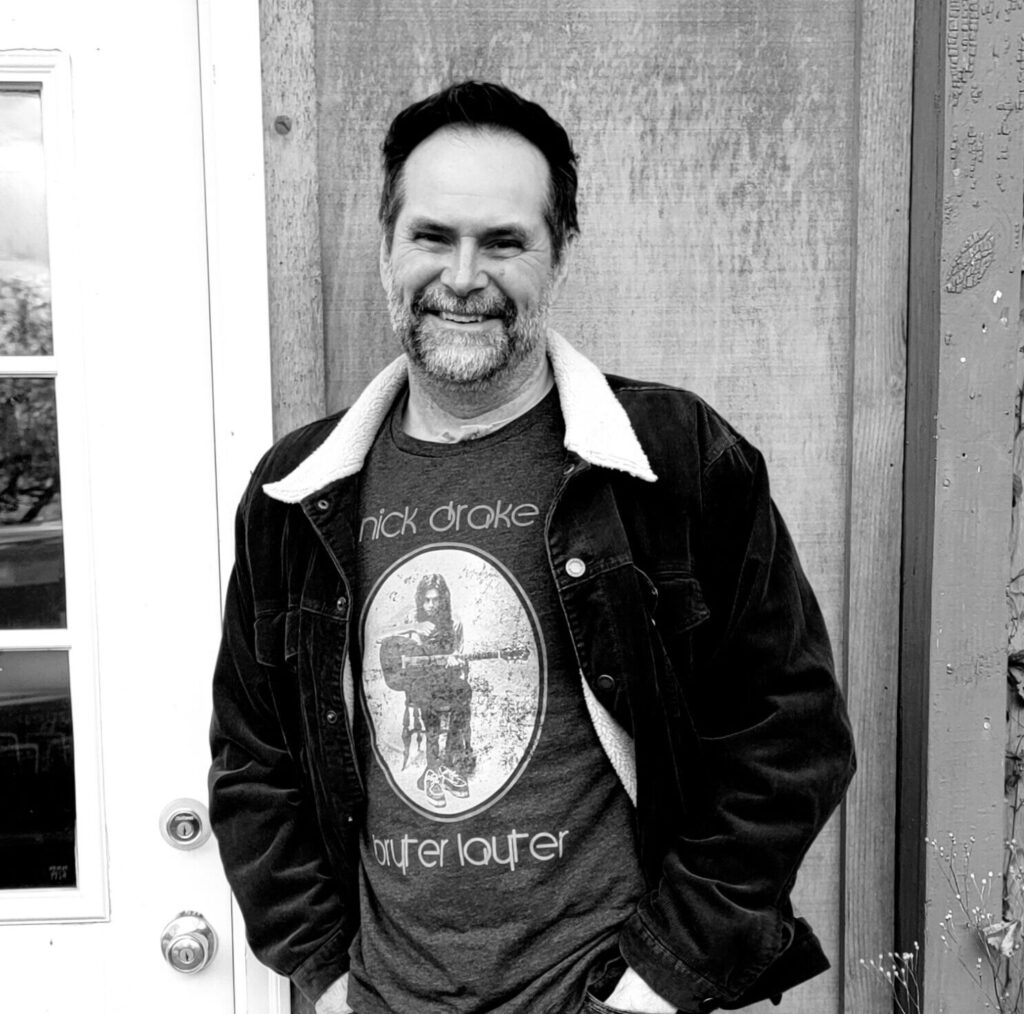
By Edward Karshner
In the volumes written about the folklore of Christmas, what gets lost is that Christmas, like its cousin winter solstice holidays, is about the restructuring of time. We never really stop to consider that time, like folklore itself, is a construct orienting us to a world that seems, in the words of Tom Petty, to keep pushing us around. What makes studying the folklore of time so interesting, to me, is that as I peel back layers of stories, words, beliefs, and acts, I sometimes stumble on a personal foundation I didn’t know was there and, at that moment, the whole world gets turned on in color and everything makes sense for a moment. So, to close out the theme of folklore and time I’ve written about this year, I thought I’d share some ideas on the relationship between the winter solstice, Christmastide and time.
The celebration of Christmas has been shaped by time over the last two-thousand years. In 200 AD, Clement of Alexandria wrote that the birth of Jesus was celebrated in the spring or late summer, dates ranging from April/May to August. Luke’s gospel makes more sense if Jesus was born in the spring (the shepherds tending their flock because it was lambing season). By the next century, the holiday commemorating the birth of Jesus was moved to compete with, and eventually replace, the popular Roman solstice holiday of Saturnalia. St. Augustine thought the lengthening of time at the solstice to be a good metaphor for the gaining of eternal life.
As Christianity moved into Northern Europe it ran into another solstice celebration, Yule. Odin is at the center of this holiday. One of his many names is Jolnir, meaning the “Yule one.” Yule (Jul) is used in Germanic poetry to mean “feast.” By way of French, jol becomes jolif (to celebrate) and gives us our word “jolly.” Yule was celebrated for twelve days between December 20 and December 31. In folk metaphysics, these twelve days formed a magical correspondence with the year. By celebrating Yule, the twelve days were aligned with the twelve months and the potentiality of the year was regenerated. The solstice season giving an opportunity to acknowledge “what was” while looking forward to the “what should be.”
Yule was the climax of the liminal time that started around Halloween when the veil thinned between the only two seasons the Northern Europeans had, summer and winter. During this time, the dead and the living shared a thin, temporal space. This explains why Scrooge is haunted on Christmas Eve. It was when spirits were allowed to be the most active. Yule culminated in an epic Wild Hunt where Odin and his entourage swept through the sky collecting all the wayward spirits left wandering around. The dead and the past cleared away for a new beginning.
Yuletide and Christmastide overlap. The twelve days of Christmas going from December 25 until January 6, Epiphany. I was taught in Methodist Confirmation Class that Epiphany represents the twelve days it took for the Wise men to make it from “The Orient” to Bethlehem. However, January 6 also has a connection to the liminality of the solstice season.
While not as widespread now, there was a time when most folks in Appalachia celebrated Old Christmas on January 6. What was old about Old Christmas? Christmas, under the Julian Calendar, fell on January 6. However, in the 1500s, Pope Gregory XIII changed the way time was measured (it’s all a construct, right?) to follow a solar pattern necessitating the shaving off eleven days. So, January 6 became December 25. January 6 is still Christmas in the Eastern Orthodox Church.
Appalachians, being delightfully ornery, obstinate, and never wanting to get rid of a jolly festival, decided to celebrate both Christmases. As society became more standardized, Old Christmas started to fade. I’m glad to say it seems to be making a comeback. In my house, on Old Christmas Day, our tradition is making a big pot of soup beans with the leftover Christmas ham. What better way to celebrate the transition of one time from another than using the ham from the last celebration of the old time as the base of the first celebration of the new time? Then, we “break down Christmas” on January 7. Old traditions blending into new as we choose our own ways of marking time within the changing seasons.
When we talk about Christmas traditions, we are acknowledging tradition in the way folklorist Henry Glassie defines it. That is, tradition as excluding more than it includes and, therefore, is open to endless revision. Tradition is about thoughtful continuity where we make and re-make our own futures from our past. Solstice celebrations remind us that we are always suspended between the no longer and the not yet. Yule/Christmastide is that dark moment in-between the old year and the new year—neither and both. This is a time to pause. Plan for the new year. More than anything, it is a time of reflection. A time made by you for you. I take the full time, all seventeen days of Wintertide to clear out the old, both material and psychological, and make room for the new. My Wintertide story has Odin taking away the ghost of the old year while his elvish cousin comes to deliver the gifts of a new year. The lesson being a movement forward with a new sense of purpose sharpened by the haunting time we just emerged from. These celebrations are a reminder that the solstice is a progression of time, not a date. That we don’t exist in series of endings, but rather new beginnings. As we find ourselves now, suspended in this most liminal time, we are invited to take the moments of the season to give ourselves the best gift of all, the gift of our own time.
Read Ed’s other work here at Reckon:
The Fractured Mirror: The Tree and the Well at the Center of Folklore
The Fractured Mirror: Results Will Vary – The Disruptive Necessity of Story
Dinè Storyteller: A Conversation with Sunny Dooley

Edward Karshner
Edward Karshner was born in Ross County, Ohio and grew up in the Salt Creek Valley of Southeast Appalachia Ohio which draws together Ross, Hocking, and Pickaway Counties. After earning a Ph.D. in Rhetoric and Philosophy from Bowling Green State University, he began to explore cultural rhetoric as expressed in folklore. His primary interest was how landscape influences folk-ideologies. In the early part of his career, he travelled extensively in China, Slovakia, Austria, and the Czech Republic before spending over a decade working with the Dinè (Navajo). Now, as an Associate Professor of English at Robert Morris University, he has returned to researching, teaching and writing about Appalachian folklore, magic, and mysticism. He lives in Oberlin, Ohio with his wife, two children, and a mixed breed dog named Carlos.

One response to “The Fractured Mirror: Winter Solstice, Christmas, and the Axes of Time”
Through the years, I have heard the story of how the Christian world co-opted the myths of pre-Christian Europe to fit the Christian narrative. Your concise retelling of this story gives the reader an understanding of how our current customs came about. Well done and enjoyable.